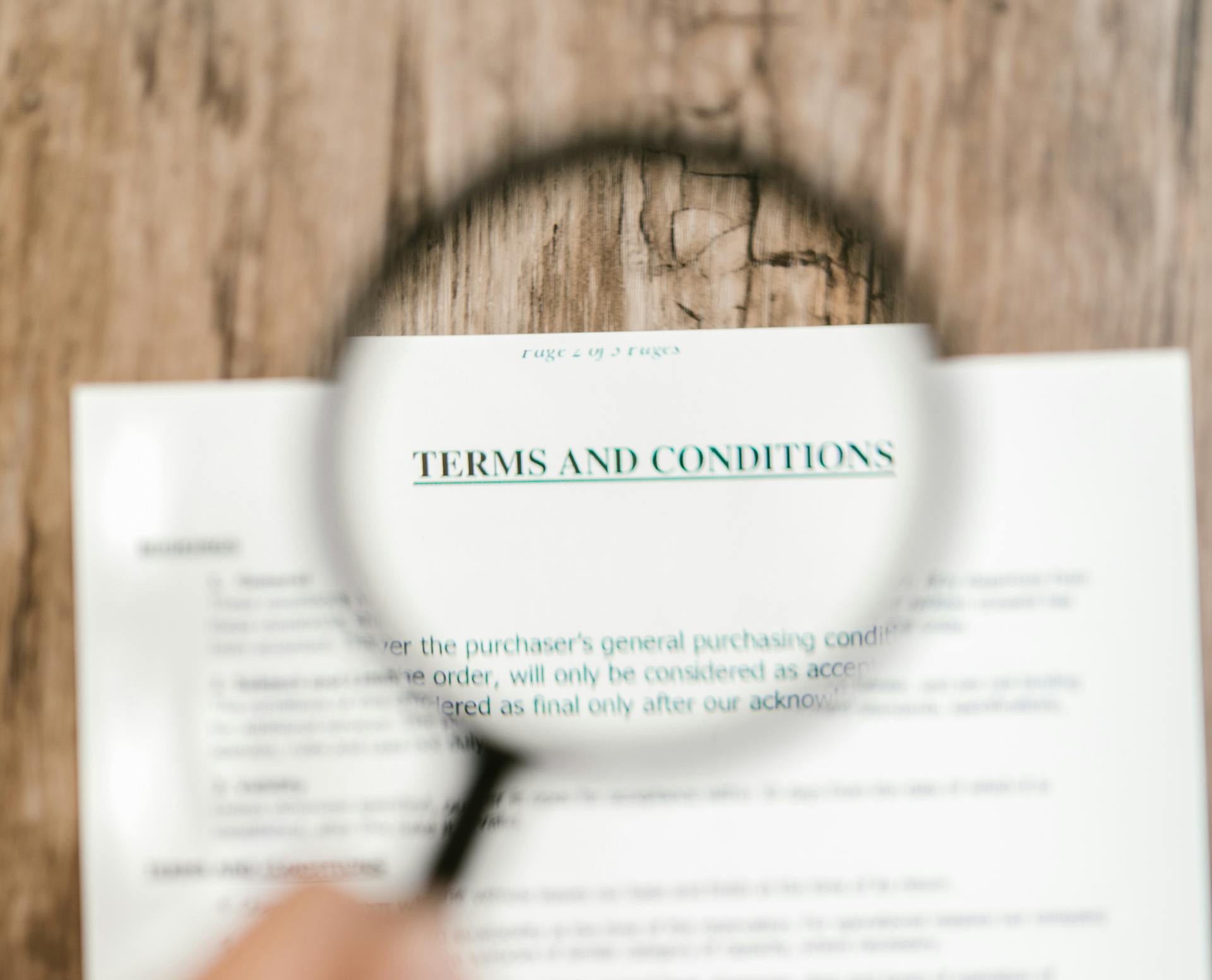August 8, 2025
4 minutes
market research compliance
GDPR in research
CCPA research data
ISO 20252
data protection in surveys
In the era of digital data and real-time insights, compliance has moved from a back-office concern to a strategic priority. Whether you're a market research agency, a brand, or an institution, the pressure to comply with frameworks like GDPR, CCPA, ISO 20252, and increasingly specific client protocols is intensifying—and it’s not slowing down anytime soon.
But while the compliance landscape is complex, it doesn't have to be paralyzing.
Modern research relies heavily on personal and behavioral data. That data is now protected by some of the strictest privacy regulations in history, and for good reason: consumers expect transparency and control over their personal information.
Add in:
…and you begin to see why even the most seasoned research teams feel the strain.

GDPR in Europe. CCPA and CPRA in California. LGPD in Brazil. POPIA in South Africa. Each regulation has its own thresholds, definitions, enforcement practices, and regional quirks. It’s not enough to follow just one—you have to design globally, execute locally.
Many organizations have added their own compliance requirements that go beyond regulation. These may include:
Agencies and partners are expected to meet or exceed these expectations.
Cloud platforms, mobile tracking, behavioral targeting, and AI tools have outpaced many compliance teams’ ability to monitor usage in real-time. The result? Unintentional non-compliance that still carries real-world consequences.
Bots, fake respondents, and duplicate entries aren’t just annoying—they can expose your project to data misuse, breach risks, and audit failures. Compliance and data integrity are now tightly intertwined.
Staying compliant requires embedding compliance into your workflow, partnerships, and platforms—not just your paperwork.
Here’s what makes the difference:
Make compliance integral to the research lifecycle:
Don’t retrofit privacy—design with it from the beginning.
Work with vendors that understand compliance as deeply as you do. That includes:
In early-stage testing, data augmentation, or sensitive categories, synthetic insights can offer a compliant alternative to traditional respondent data.
Solutions like Correlix—part of the DataDiggers portfolio—help clients simulate and model real-world scenarios using machine learning-generated data that reflects true behavioral patterns, but without exposing any real individual. This supports bias correction, privacy compliance, and innovation at scale, especially when real-user data isn’t viable due to legal or ethical constraints.
Manual processes can’t keep up. Smart research organizations use:
Automation ensures you spot risks early—before they become liabilities.
Data protection can’t live in a silo. Ensure everyone—survey programmers, project managers, account teams—knows how to handle respondent data correctly and how their actions impact compliance outcomes.

The financial penalties are significant (up to €20 million under GDPR), but often it’s the reputational damage and client churn that hurt the most. Non-compliance can undermine months of work, kill repeat business, and lead to widespread mistrust in your brand or agency.
Compliance is no longer just a requirement. It’s a competitive advantage when done right.
At DataDiggers, compliance isn’t an afterthought—it’s built into every insight we deliver.
Let’s make compliance your competitive edge. Contact us today to explore how DataDiggers can support your next project with integrity, precision, and peace of mind.

